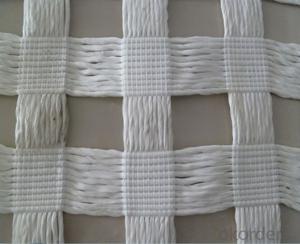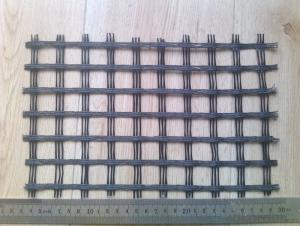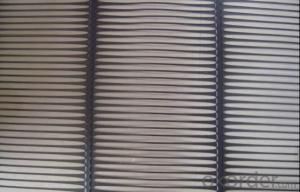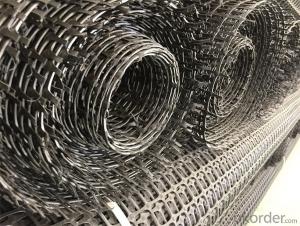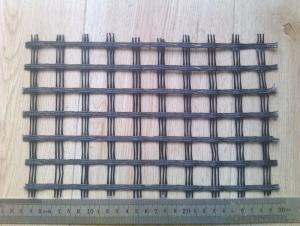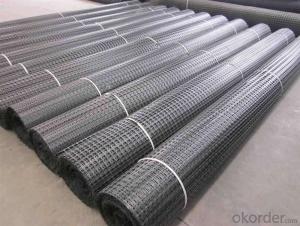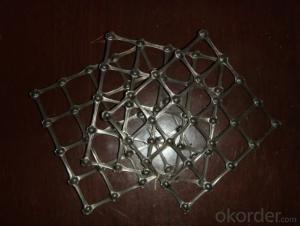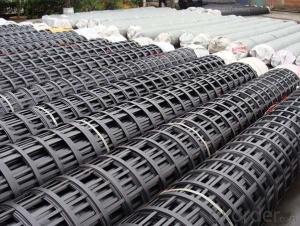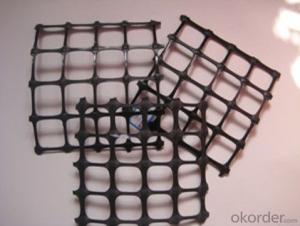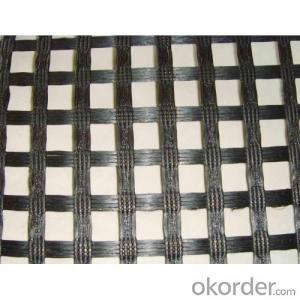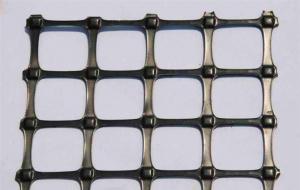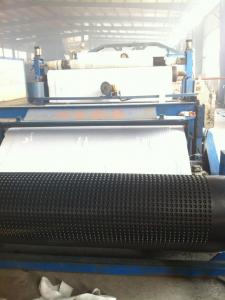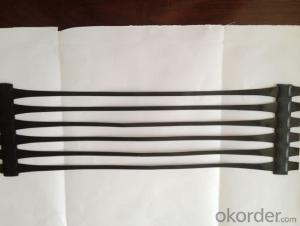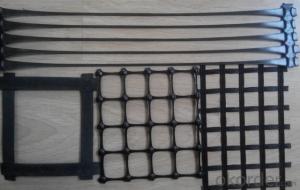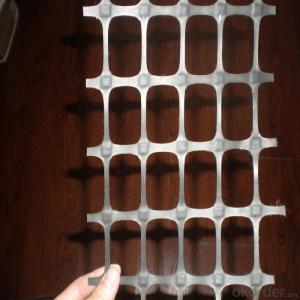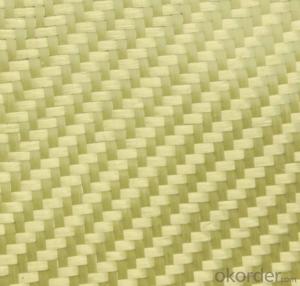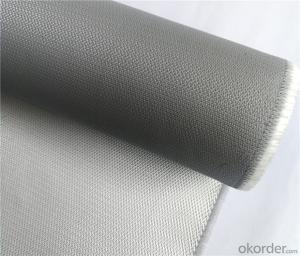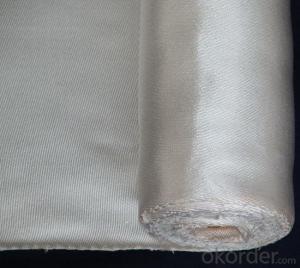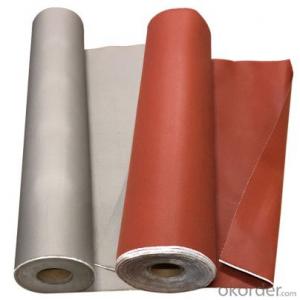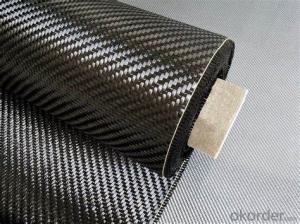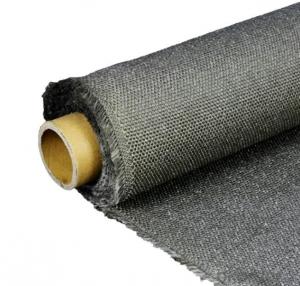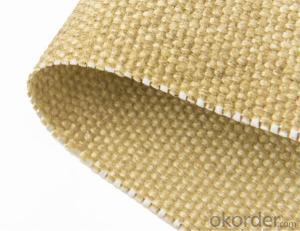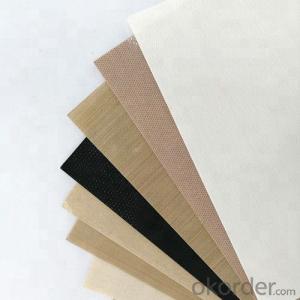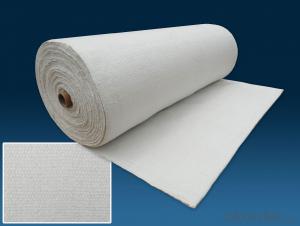Geogrid Road
Geogrid Road Related Searches
Diamond Grinding Wheels For Steel Led For Cannabis Growing Plasticiser For Concrete Kst Values For Common Dusts Steel Concrete Molds Diamond Steel Roofing Stainless Steel Hole Saw Stainless Steel Sawzall Blade Cost Of Diamond Plate Aluminum 1/4 Inch Diamond Plate AluminumHot Searches
Fiberglass Scaffolding For Sale Fiberglass Panels For Sale Fiberglass Greenhouses For Sale Geogrid Fabric For Sale Geogrid For Sale Near Me Tensar Geogrid For Sale Geogrid For Sale Buy Alabaster For Carving Geogrid China Geogrid Mesh Price Geogrid Fabric Price Geogrid Roll Price Geogrid Price List Tensar Triax 160 Geogrid Price Tensar Ss40 Geogrid Price Tensar Tx160 Geogrid Price Triax Geogrid Price Geogrid Price Tx160 Geogrid Price Fiberglass Scaffolding For SaleGeogrid Road Supplier & Manufacturer from China
Okorder.com is a professional Geogrid Road supplier & manufacturer, offers integrated one-stop services including real-time quoting and online cargo tracking. We are funded by CNBM Group, a Fortune 500 enterprise and the largest Geogrid Road firm in China.Hot Products
FAQ
- Yes, fiberglass fabric can be used for insulation in petrochemical facilities. It is commonly used due to its excellent thermal insulation properties, resistance to high temperatures, and ability to withstand chemical exposure. It helps in preventing heat loss or gain, protecting equipment and personnel from extreme temperatures, and enhancing energy efficiency in petrochemical facilities.
- Indeed, sewing fiberglass fabric is indeed possible. Nevertheless, it is crucial to acknowledge that the task of sewing fiberglass fabric can be quite formidable due to its rigid and rough characteristics. It may necessitate the utilization of specialized sewing apparatus and methods, including heavy-duty needles and thread, as well as modifying the sewing machine settings to accommodate the fabric's peculiarities. Furthermore, it is advisable to don protective attire and ensure proper ventilation while handling fiberglass fabric, as the fibers can provoke skin irritation and respiratory problems if breathed in.
- There are several weaving patterns available for fiberglass fabric, including plain weave, twill weave, satin weave, leno weave, and basket weave. Each pattern offers different characteristics and properties, such as strength, flexibility, and breathability, allowing for various applications in industries such as aerospace, automotive, and construction.
- Fiberglass fabric performs exceptionally well in impact resistance. Its high strength-to-weight ratio and inherent flexibility make it highly resistant to impact forces. It can withstand heavy impacts without cracking or breaking, making it an ideal choice for applications where impact resistance is crucial, such as in protective equipment, automotive parts, and aerospace components.
- The tear strength of fiberglass fabric can vary based on several factors, including fabric thickness, weave type, and material quality. Typically, fiberglass fabric exhibits high tear strength due to the resilient and strong nature of its fibers, surpassing the strength of various textile materials like cotton, nylon, or polyester. However, it's important to consider that tear strength may also be influenced by external elements like temperature, exposure to chemicals or UV radiation, and the presence of defects or damages in the fabric. Consequently, it is advisable to consult the manufacturer's specifications or conduct a tear strength test to precisely determine the tear resistance of a particular fiberglass fabric.
- Yes, fiberglass fabric is generally resistant to the chemicals used in the pharmaceutical industry. Its non-reactive nature and high chemical resistance make it suitable for use in various pharmaceutical applications such as filtration, insulation, and protective clothing. However, it is important to note that the specific chemical resistance may vary depending on the type of fiberglass fabric and the concentration and duration of exposure to the chemicals.
- Fiberglass fabric is not breathable. It is made from woven glass fibers, which create a tight and dense structure that does not allow air to pass through easily. This lack of breathability makes fiberglass fabric suitable for applications that require insulation, fire resistance, or protection against chemicals and abrasion. However, it can also trap heat and moisture, which may be uncomfortable in certain situations.
- Fiberglass fabric is known for its excellent thermal insulation properties due to its low thermal conductivity. The fabric is made up of fine fibers of glass, which are highly effective at trapping air pockets. These air pockets act as insulating barriers, reducing the transfer of heat. As a result, fiberglass fabric is capable of resisting heat flow and maintaining a stable temperature, making it an ideal choice for applications requiring thermal insulation, such as in the construction industry, automotive sector, or for manufacturing heat-resistant clothing. Additionally, fiberglass fabric's low thermal conductivity also contributes to its fire resistance, as it does not readily conduct heat to ignite or spread flames. Overall, fiberglass fabric demonstrates superior performance in terms of thermal conductivity, making it a reliable and efficient material for thermal insulation purposes.





